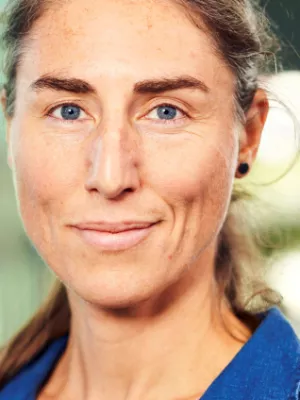
Anna Persson
Forskare

Intensive management reduces butterfly diversity over time in urban green spaces
Författare
Summary, in English
Loss and fragmentation of semi-natural grasslands have had negative consequences for grassland biodiversity, such as butterflies. Urban parks and other urban green spaces have so far largely been overlooked as suitable butterfly habitats, although they could potentially sustain diverse butterfly populations over time. We analysed the temporal change in butterfly species assemblages in urban green spaces in the city of Malmö, Southern Sweden. We studied changes in species richness and abundance of butterflies between 2006 and 2015 in 20 public urban green spaces, characterized by different management regimes. We sampled butterflies in traditional parks with intense grass cutting regimes, in semi-natural grasslands mowed only a few times per year, and in un-managed or irregularly managed ruderal sites. We found a slight increase in the total number of butterfly species in the study area, but a general decline in local species numbers in urban green spaces. Traditional urban parks had the greatest loss of species over time, and altogether the lowest number of species. In contrast, semi-natural parks and ruderal sites had higher numbers of butterfly species and also lost fewer species over time. Our study shows that intensive management strategies in urban green spaces have a negative impact on butterfly assemblages over time. We suggest that less intensive management strategies can be used to create high-quality areas for flower-visiting insects in urban green spaces, possibly in combination with planting larval host plant species, depending on the park type and design.
Avdelning/ar
- BECC: Biodiversity and Ecosystem services in a Changing Climate
- Centrum för miljö- och klimatvetenskap (CEC)
- Biodiversitet
- Biodiversitet och bevarandevetenskap
Publiceringsår
2019
Språk
Engelska
Sidor
335-344
Publikation/Tidskrift/Serie
Urban Ecosystems
Volym
22
Issue
2
Dokumenttyp
Artikel i tidskrift
Förlag
Springer
Ämne
- Ecology
- Landscape Architecture
Nyckelord
- Lepidoptera
- Park management
- Species richness
- Temporal decline
- Urban green space
Status
Published
Forskningsgrupp
- Biodiversity and Conservation Science
ISBN/ISSN/Övrigt
- ISSN: 1083-8155